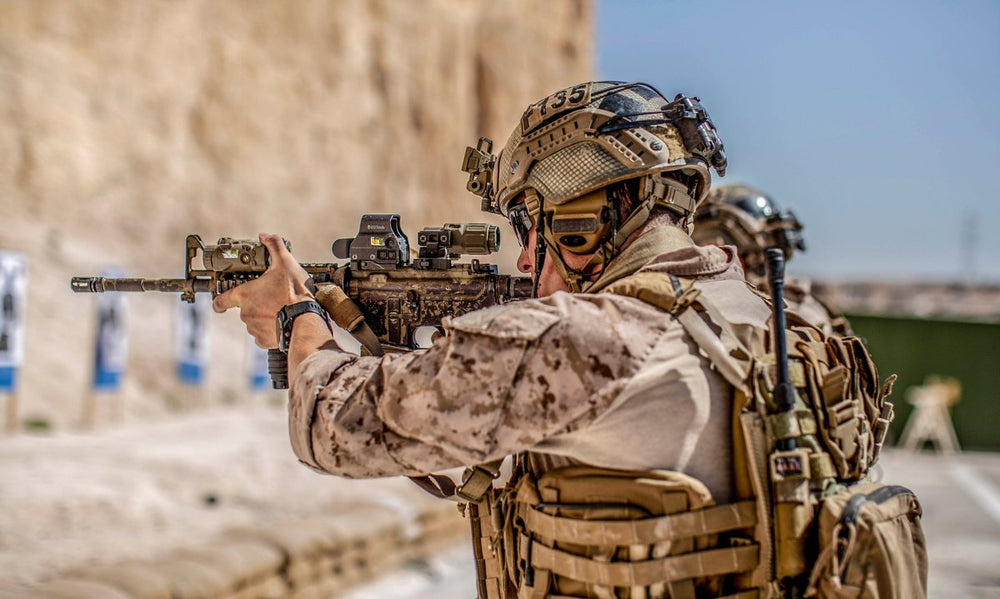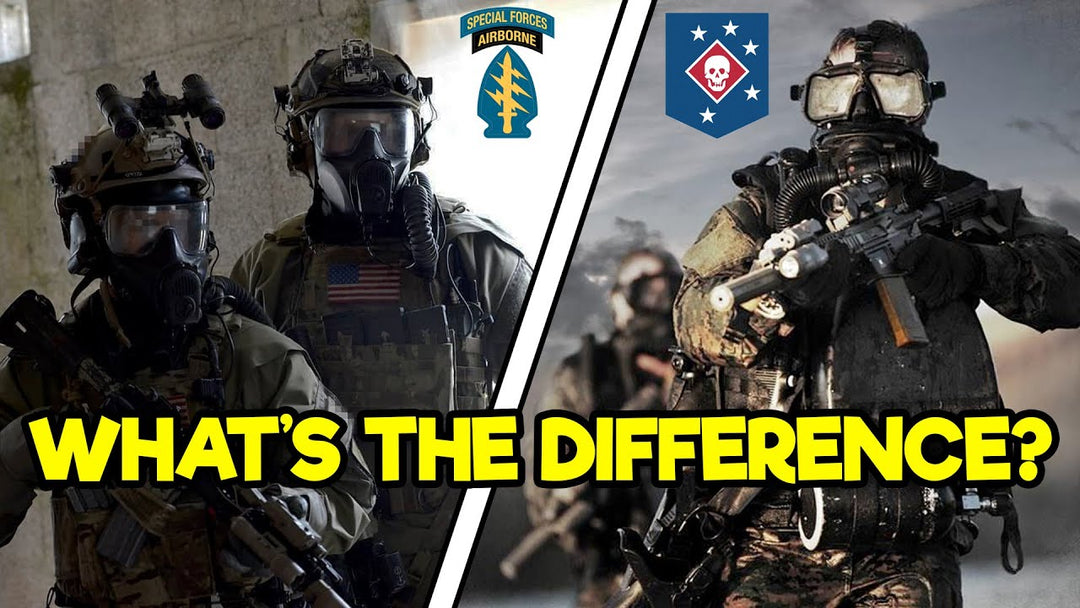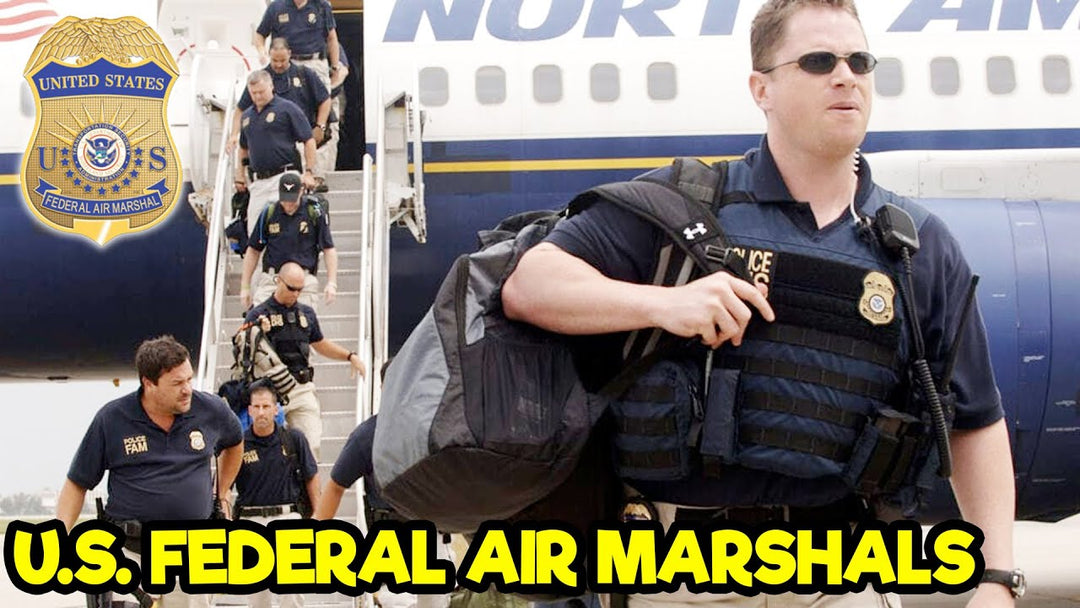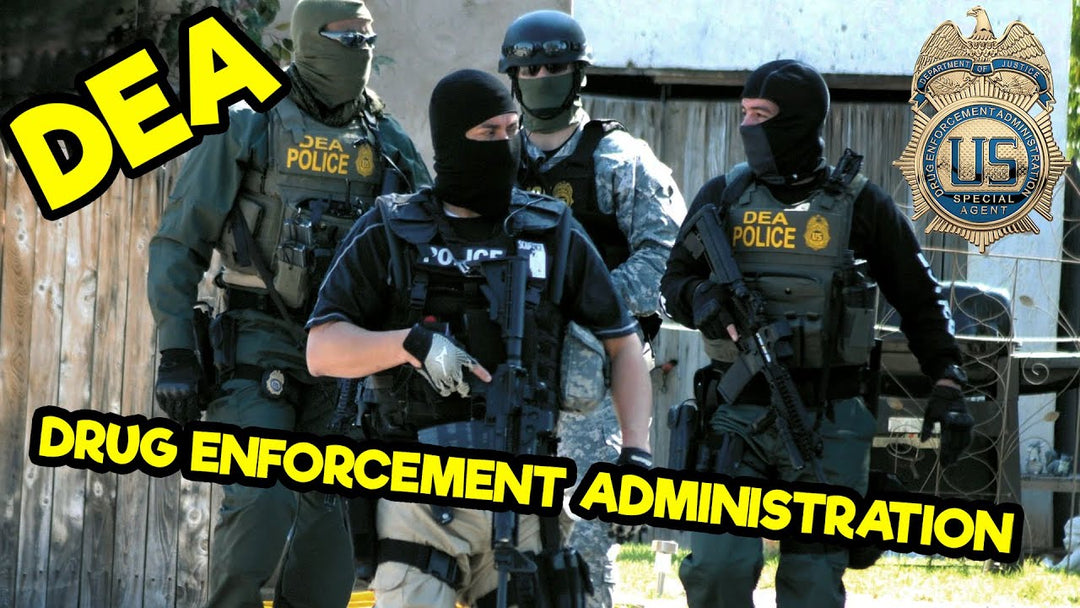Green Berets vs. Marine Raiders (MARSOC)

Army Special Forces… MARSOC Raiders…
Two similar, highly trained, lethal, and capable tier two special operations units in the Army and Marine Corps…
What sets them apart? What do they have in common? What can they do? Keep reading to find out all you need to know about Army Special Forces and Marine Raiders.
TABLE OF CONTENTS
GREEN BERETS VS. MARINE RAIDERS: OVERVIEW
GREEN BERETS VS. MARINE RAIDERS: CAPABILITIES, MISSIONS, OPPORTUNITIES
GREEN BERETS VS. MARINE RAIDERS: ORGANIZATIONAL STRUCTURE & LOCATIONS
GREEN BERETS VS. MARINE RAIDERS: TRAINING
GREEN BERETS VS. MARINE RAIDERS: SELECTION AND REQUIREMENTS
GREEN BERETS VS. MARINE RAIDERS: CONCLUSION
GREEN BERETS VS. MARINE RAIDERS: OVERVIEW

Army Special Forces, also referred to as Green Berets, are an elite, multi-purpose force who are responsible for a plethora of different missions and objectives, with their missions often requiring rapid and discrete responses to unique situations throughout the world. They are experts in direct action and unconventional warfare, and have a thorough knowledge of foreign languages, customs and cultures. They are masters of training and organizing insurgents, surrogate fighters, indigenous forces, and foreign militaries in support of US national objectives. Their motto is De Oppresso Liber, which is latin for “to liberate the oppressed”.
MARSOC Marines are also referred to as Critical Skills Operators, and MARSOC stands for MARine Forces Special Operations Command. They are the only entity from the Marine Corps that falls under SOCOM, meaning that they are the United States Marines’ only special operations unit. Like their Special Forces counterparts, they are versatile in their combat capabilities, and also train, advise, and assist friendly host nation forces, meaning that they also possess a vast amount of knowledge in foreign languages, customs, and cultures. However, unlike their SF counterparts, they are relatively new in the world of special operations. MARSOC was stood up in the mid 2000’s, pulling Marines from Force Recon Battalions. MARSOC’s motto is Always Faithful, Always Forward.
GREEN BERETS VS. MARINE RAIDERS: CAPABILITIES, MISSIONS, OPPORTUNITIES

We mentioned above that both SF and MARSOC train foreign nationals. The fancy term for that is Foreign Internal Defense (FID). FID is the Green Beret’s bread and butter. They literally have groups whose area of responsibility and training revolve around certain geographical areas, including their cultures and languages. What’s interesting to note, though, is that MARSOC was stood up with Foreign Internal Defense as its primary mission as well, meaning there is significant overlap in the capabilities and objectives between SF and Raiders.
However, SF is light years ahead and much more seasoned in their Foreign Internal Defense capabilities. This doesn’t mean MARSOC should stay out of it; it’s quite the contrary. Green Berets are undermanned, and it takes much longer to dish out a Green Beret than it does for a Marine Raider. But the special operations community can always use extra foreign internal defense capabilities, and MARSOC brings that to the table, and they’re good at what they do.
When you look at their main missions, you will see just how similar they are. They share Foreign Internal Defense, and then there’s Direct Action, Special Reconnaissance, Counterterrorism, Counterinsurgency, Security Force Assistance, Unconventional Warfare, and Combating Weapons of Mass Destruction.
Also, Special Forces operate in 12-man ODA’s, whereas MARSOC operates in 14-man MSOTs. Their structure and makeup are quite similar.
Before we move on from the mission sets, we have to touch on unconventional warfare. This is the cornerstone for the Green Berets. It consists of activities conducted to enable a resistance movement or insurgency to coerce, disrupt, or overthrow a government or occupy power by operating through or with an underground, auxiliary, and guerrilla force in a denied area. That’s pretty much a fancy way of saying that Green Berets can be in South America training military police to fight drug cartels, or assembling guerrilla armies in Vietnam. It goes hand in hand with foreign defense.

Now that you know the missions and capabilities of SF and Raiders, let’s go over the opportunities you’d have if you served in either of these communities. Just keep in mind that you can serve as both an enlisted and an officer in both of them.
First up is language training. As a Green Beret, this is compulsory and embedded in the pipeline, so depending on how you score on the DLAB, your background, and random chance, you’ll receive plenty of language training. Marine Raiders also have the opportunity to learn languages; however, the training pales in comparison to what SF receives.
As with any SOF unit, there are a lot of opportunities for Special Forces and Raiders to earn qualifications and certifications like JTAC, breacher school, sniper school, advanced demolition, advanced driving, Helicopter Rope Suspension Training, SERE, CQB, and the like. In addition, both of them have the opportunity to attend combatant diving school, but this is not a guarantee, and the schools you go to will vary depending on your mission set, funding, and being at the right place at the right time.
One key difference is that certain Green Berets have the opportunity to go to the Special Operations Combat Medic Course (SOCM) and the Special Forces Medical Sergeant Course (SFMS), which makes them SOF medics. Marine Raiders, on the other hand, do not get to attend SOCM, but their Navy corpsman counterparts known as SARCs do.
The main difference between the two communities is that SF has several MOS’s within it, whereas MARSOC operators have one MOS and closely-knit enablers. And, lastly, MARSOC is for active duty personnel only. Army SF, on the other hand, is open to National Guardsmen.
GREEN BERETS VS. MARINE RAIDERS: ORGANIZATIONAL STRUCTURE & LOCATIONS

Both of these entities fall under Special Operations Command. Underneath SOCOM is USASOC, which is where Army Special Forces is, and then MARSOC, which is where the Marine Raiders are.
There are seven groups that make up 1st Special Forces Command, which is the overarching makeup of the Green Berets. Within these groups, there are “C” teams, “B” teams, and “A” teams. C teams are the headquarters element of an SF battalion, with command and control capabilities and logistical support responsibilities. The battalions usually consist of four companies.
In these companies, the headquarters element is the B teams. Composed of 11 to 13 soldiers, the purpose of the B Team is to support the company's A Teams both in garrison and in the field.
Now we're onto the A teams, which are referred to as the ODA’s like we mentioned previously. They are the operational element of an SF unit. An SF company typically consists of six ODA’s, with each of them specializing in an infiltration skill or particular mission-set. Examples of these are military free-fall teams, combat diver teams, mountain teams, mobility teams, and others. An ODA consists of 12 soldiers, each of whom has a specific function on the team, however, all members of an ODA conduct cross-training.
MARSOC consists of the Marine Raider Regiment, Marine Raider Support Group, and the Marine Raider Training Center. Under the Marine Raider Regiment, there is the 1st Marine Raider Battalion, 2nd Marine Raider Battalion, and the 3rd Marine Raider Battalion. Each battalion consists of four companies, and each company consists of four fourteen-man Marine Special Operations Teams. Each MSOT is organized into three elements: a Headquarters (HQ) and two identical Tactical Squads.
It’s also important to mention that there are other personnel that make up the Marine Raider Battalions. Aside from the Raiders, there are two other entities. There’s SOCS, which is short for Special Operations Capabilities Specialists, and CSS, which is short for Combat Services Specialist.
SOCS are Combat Support Marines who can join MARSOC based upon the skills of their MOS. These MOS’s range from Explosives Ordnance Disposal, Communications, Intelligence, Dog Handlers and Fire control specialists. They have five year billets with MARSOC.
Combat Service Specialists’s work with the battalion as their primary MOS, which tends to be Motor T, Logistics, and Admin. They receive some training to help them integrate into the battalion, but they aren’t as trained up as their SOCS counterparts. They have only three years in their billets before returning to conventional Marine forces.
There’s one more key difference we need to highlight. Green Berets have different MOS’s within them, whereas Raiders have CSO’s, which have an MOS of 0372, and Special Operations Officer of 0370. Food for thought.
Now let’s move on to where you can be stationed in either of these communities. As a Green Beret, you can be stationed at:
- 1st SF Group, which is based out of Joint Base Lewis-McChord, Washington & Okinawa, Japan
- 3rd SF Group, at Fort Bragg, North Carolina
- 5th SF Group, at Fort Campbell, Kentucky
- 7th SF Group, at Eglin Air Force Base, Florida
- 10th SF Group, at Fort Carson, Colorado & Stuttgart, Germany
- 19th SF Group, a national guard component, at Draper, Utah
- 20th SF Group, also a national guard component, at Birmingham, Alabama
As a Marine Raider, you can be stationed at 1st, 2nd, and 3rd Marine Raider Battalions, which are all out of Camp Lejeune, NC.
GREEN BERETS VS. MARINE RAIDERS: TRAINING

We’re going to start off with the Special Forces training pipeline and then discuss the Marine Raider’s pipeline.
If you’re joining as a civilian with an 18X contract, you’ll have to go through:
- Infantry OSUT - 22 weeks
- Special Forces Preparation Course - 6 weeks
- Special Forces Assessment and Selection - 4 weeks
- Jump School - 3 weeks
- Special Forces Qualification Course, also referred to as the ‘Q’ Course - Time varies
The reason why the time varies depends on the MOS you have. Certain Q courses take longer than others. For example, SF 18D’s will go through several months of schooling in SOCM and SFMS before they are finished with their training, whereas an 18B SF member will go through roughly ten weeks of training for their specialty.
- The Q Course phases are as follows:
- Course Orientation and History
- Language and Culture
- SF Tactical Combat Skills and SERE
- MOS Specific Training
- Robin Sage
- Graduation
Now let’s move onto the Marine Raiders. Remember, in order to join the Raiders, you’ll have to be an active duty Marine first. This is what separates the two communities. You can join the Army off the streets and find yourself in the SF pipeline, however you’ll have to deal with the inherent risk of uncertainty by joining the Marine Corps and hoping you find your way into the MARSOC pipeline. By the time you make your way to it, you’ll have years of service, and maybe even a deployment under your belt.
The list of schools to become a Marine Raider are:
- Assessment & Selection, otherwise known as A&S, Phases 1 & 2, each about three weeks long
- Individual Training Course, or ITC, which is 9 months long.
As you can see, it takes much longer to make a Green Beret than a Raider. But that by no means implies that one is better than the other. You could make the argument that they take just as long, since you need to serve in the Marine Corps for a while before you can apply, compared to just joining to become SF.
GREEN BERETS VS. MARINE RAIDERS: SELECTION AND REQUIREMENTS

Here are the basic requirements to get into the SF pipeline with an 18X contract.
- Be a U.S. citizen,
- Be at least 20 years old by your ship date to Infantry OSUT and not have reached your 32nd birthday prior to the same ship date,
- Qualify for airborne training,
- Meet the PFA minimum standard of 49 pushups, 59 sit-ups, 15:12 two-mile run, six pull-ups,
- Eligible for a Secret security clearance
For active duty soldiers, both enlisted and officers, there are several other requirements that must be met, but the information above will give you an idea of the basic requirements for SF.
Lastly, for the requirements, another step in your process to get into the Special Forces pipeline is by taking the DLAB, which stands for Defense Language Aptitude Battery, which is a test where you learn a made up language to see how you will perform when you start learning an actual language. The language you learn will affect where you are placed once you finish your training. Some of these languages may be Farsi, Spanish, French, Russian, Mandarin, Indonesian, Tagalog, and Arabic. Also, if you already know one of the languages we have mentioned, they will most likely train you in another one so they can double-dip, and have someone who knows several languages instead of just one extra.
- Here are the basic requirements to become a Marine Raider.
- Be eligible to obtain and maintain a secret clearance
- Have a minimum GT score of 105
- Have a minimum PFT of 235
- Have no more than two NJPs on current enlistment
- Be able to pass the MARSOC swim assessment
- Be eligible to reenlist
- Meet the MARSOC medical screening criteria.
- Have no more than 18 months time in grade (TIG) as a Sgt upon attending the Individual Training Course (ITC)
- Make a lateral move to the critical skills operator MOS upon selection
And on a final note for the requirements, you’ll have different requirements for both of these communities if you’re debating between enlisted and officer.
GREEN BERETS VS. MARINE RAIDERS: CONCLUSION

After reading this blog post you learned that Special Forces and MARSOC are, well, quite similar. More similar than you thought, perhaps. But both of them offer something unique to the SOF community.
If you want to learn more about the military, law enforcement, or government entities, we have a YouTube channel dedicated to providing the best info out there, plus we have a growing list of blog posts as well. Click the links to take you to them!
Back to top.
General Discharge is a veteran-owned, veteran-operated organization that is dedicated to providing the best U.S. Military and Law Enforcement information. With over 250 YouTube videos, over 45 million views, and hundreds of thousands of followers, we have contributed to the success and knowledge of both the current and future generations of service members.






Leave a comment